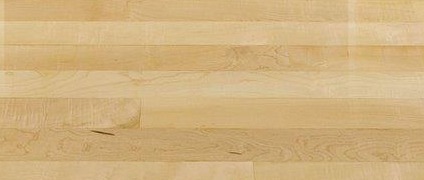The treatment process is called Densification – “chemically softening and compressing wood to remove the spaces between cell walls.” And when burned, the resulting charred, outside layer helps preserve the material’s internal strength. Denser, stronger and less likely to ignite – it’s SuperWood. And the source material is literally growing on trees.
Dubbed ‘super wood’ by materials scientist, Liangbing Hu, and colleagues at the University of Maryland:
- “The densified material is created by first chemically treating timber with sodium hydroxide and sodium sulfite to partially remove its lignin, the organic polymer which makes cell walls rigid.
- Subsequent hot pressing creates a dense material free of lumina – the tiny channels that create a porous structure – and possessing three-and-a-half times the compressive strength of regular wood.
- When burned, the modified structure causes a dense, insulating char layer to form on the material’s surface. Together, these properties can double the material’s ignition time, and decrease its maximum heat release rate by more than a third.”
Bottom Line: “Densification of the wood hinders combustion and leads to the formation of a layer of char, during burning, that helps to prevent it catching fire. If used for construction, the treated wood could effectively prevent the collapse and destruction of wooden structures, and gain precious rescue time when a fire occurs.”
Information Source: Chemistry World (www.chemistryworld.com)




